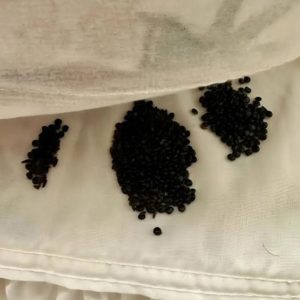The Evolution of Cutting Boards
If you’re like most homeowners, you probably have a cutting board in your kitchen.
This essential tool has been used for centuries, originally designed for breadmaking.
Pull-out cutting boards provided a clean, stable surface for bakers to knead dough, let it rise, and prepare it for the oven.
Today, cutting boards serve many purposes beyond breadmaking. They are indispensable for chopping,
slicing, and dicing meats, vegetables, and fruits. Made from various materials like plastic,
bamboo, and wood, cutting boards are crucial in any kitchen. However,
wood cutting boards, especially those made from maple, are considered the best for several reasons.
Maple is a hard, durable wood that withstands frequent use and knife cuts. It resists bacteria growth
better than plastic or bamboo, which can develop grooves and scratches that harbor bacteria.
Maple cutting boards are also easier to maintain.
Proper cleaning is vital for your cutting board’s longevity. After each use, scrub it with
a mixture of baking soda or kosher salt and lemon to remove stains and odors. Rinse
thoroughly with hot water and dry with a clean towel. Applying a food-grade cutting board oil keeps the wood from drying out and prevents cracking.
Despite their evolution, cutting boards remain essential for home cooks and professional chefs.
With proper care and maintenance, a quality cutting board can last for years, providing a clean, safe surface for food preparation.





